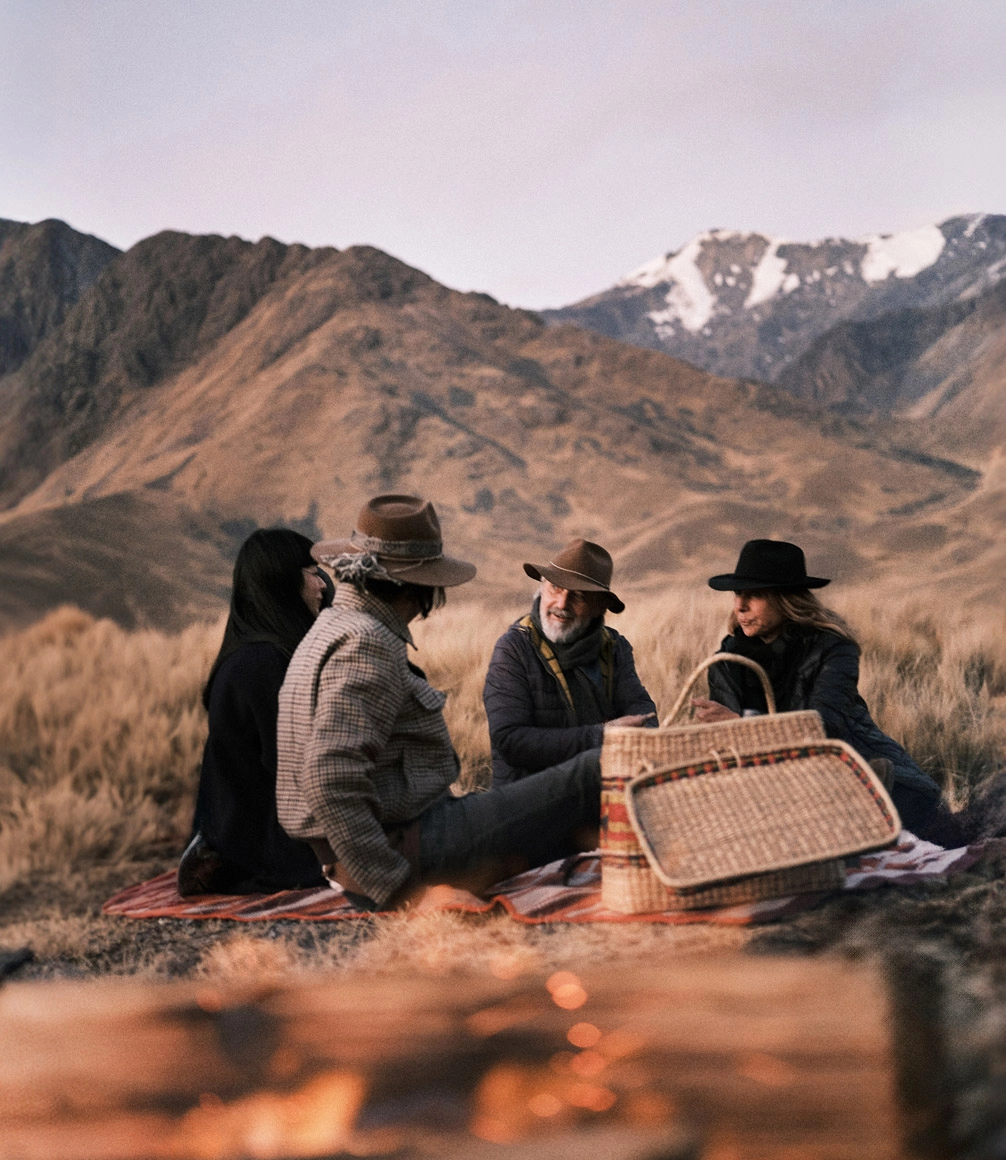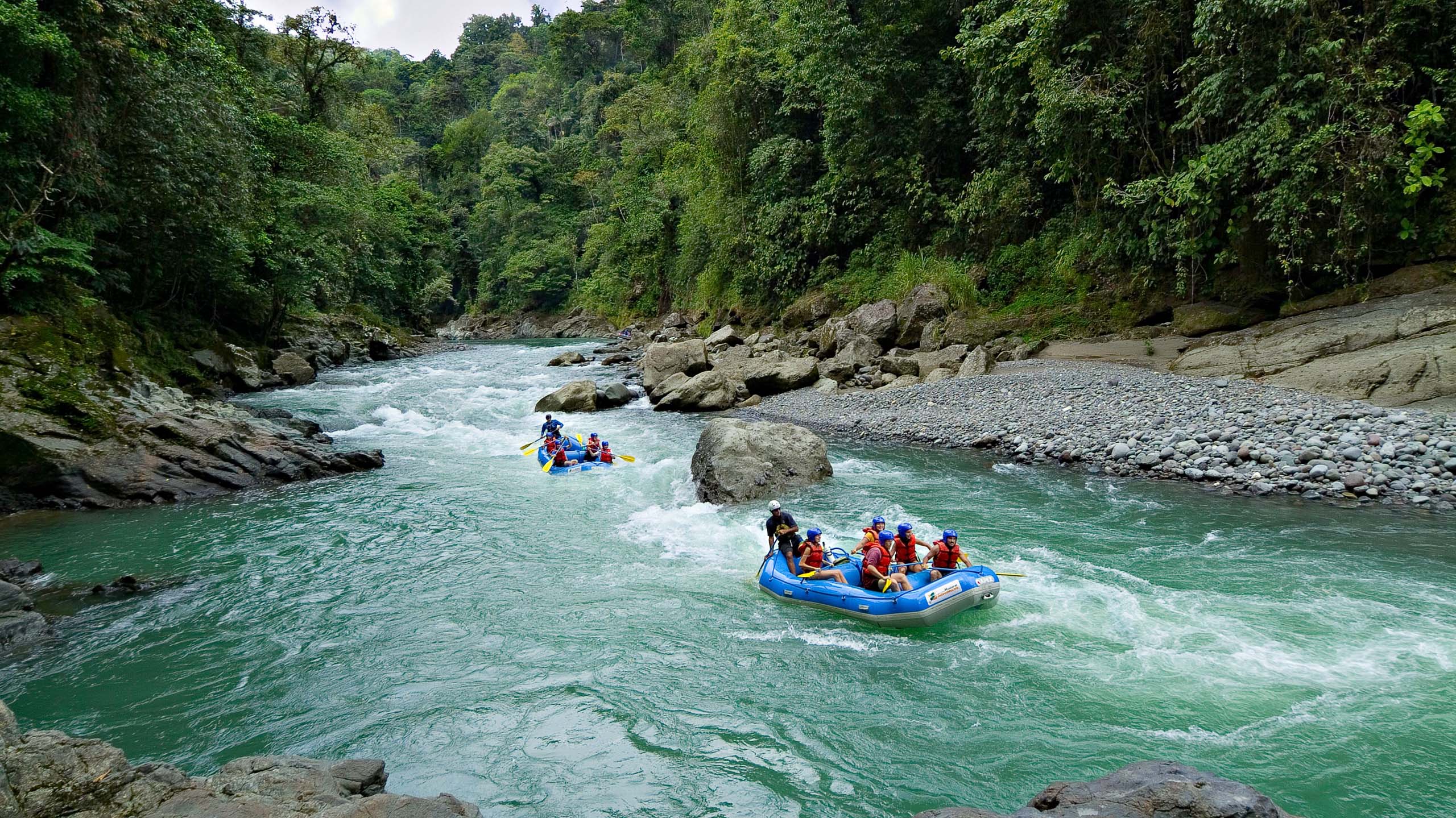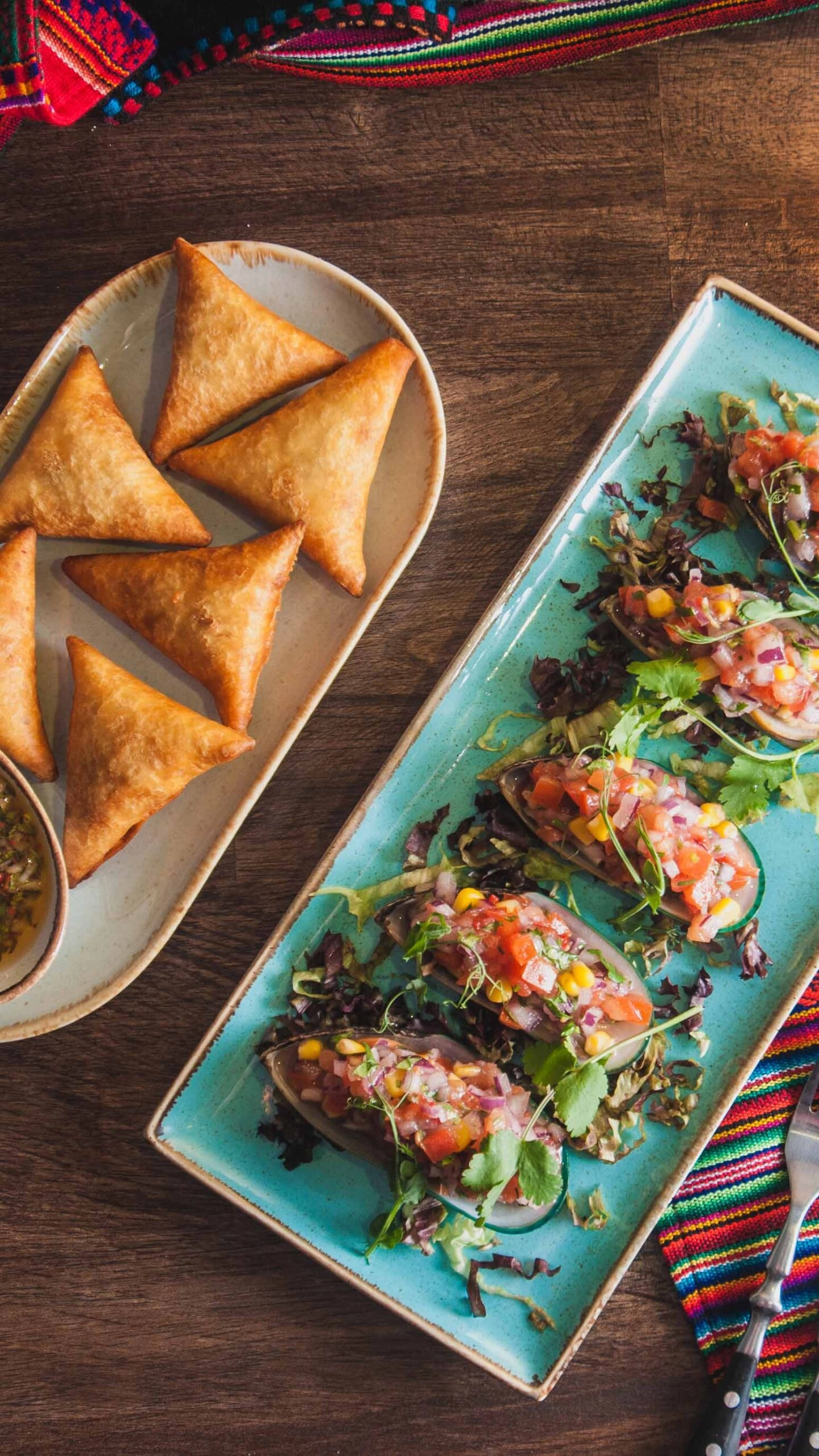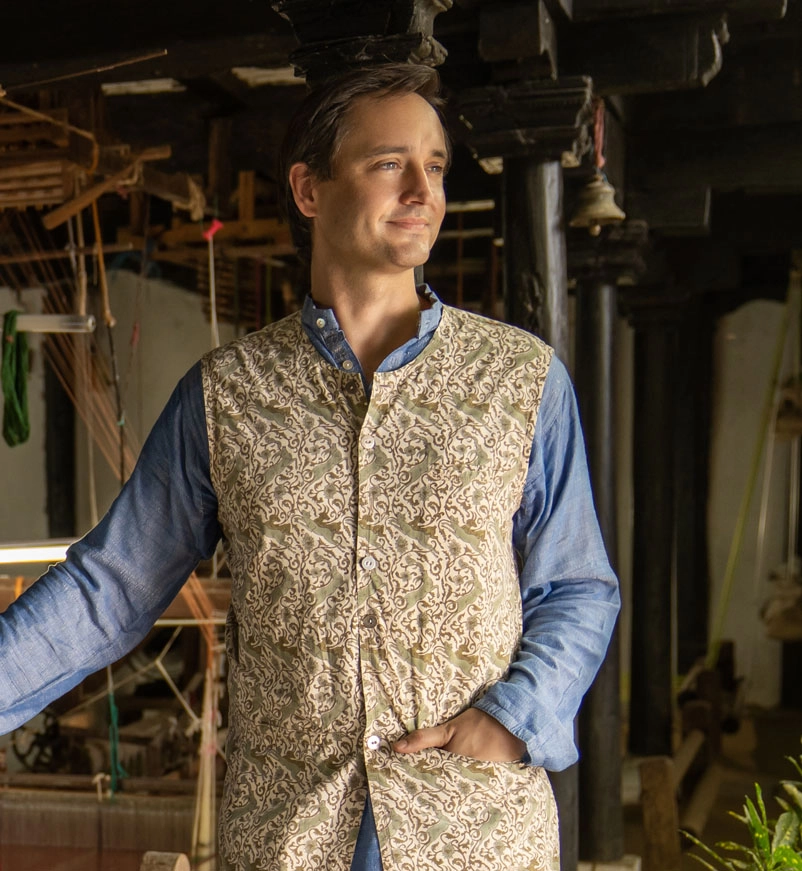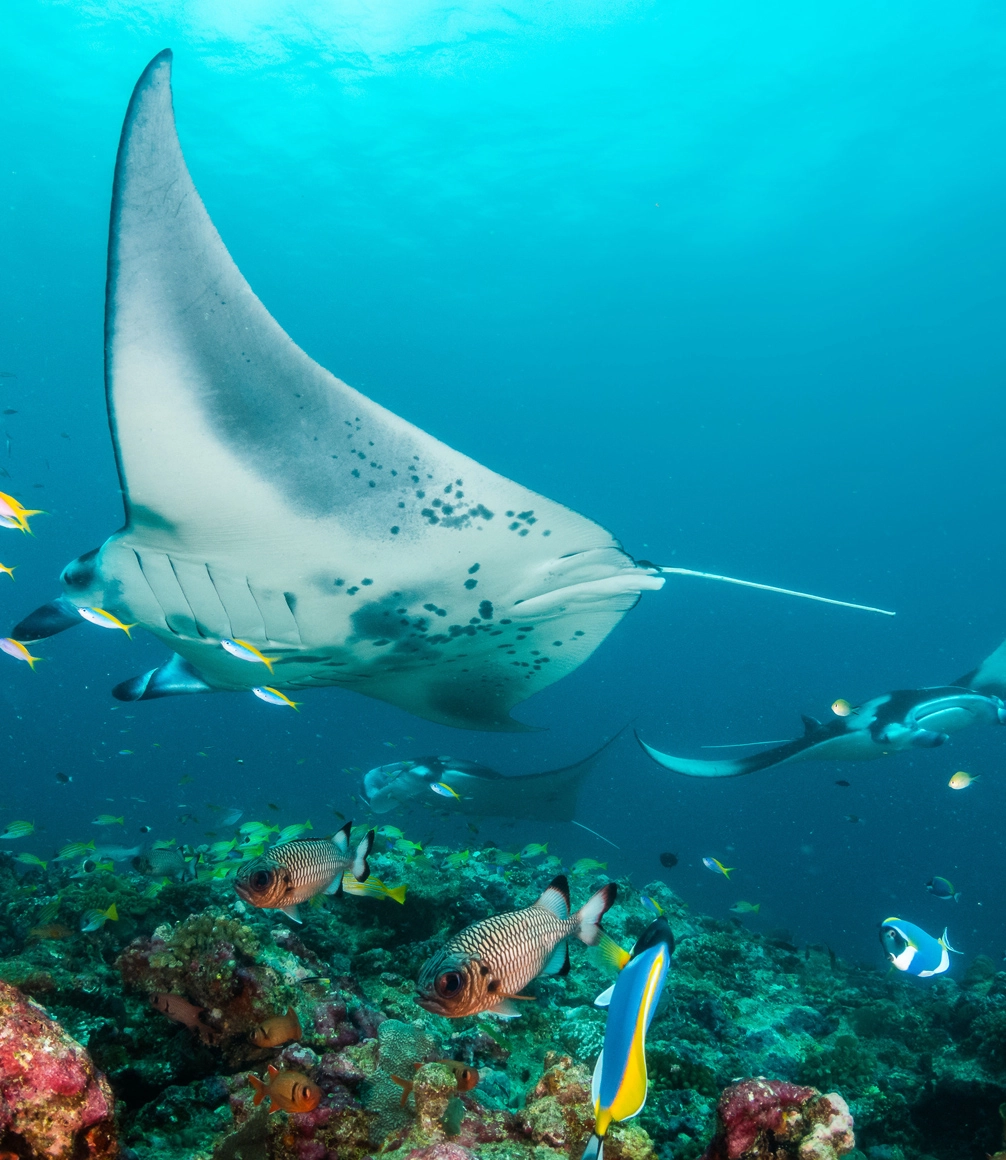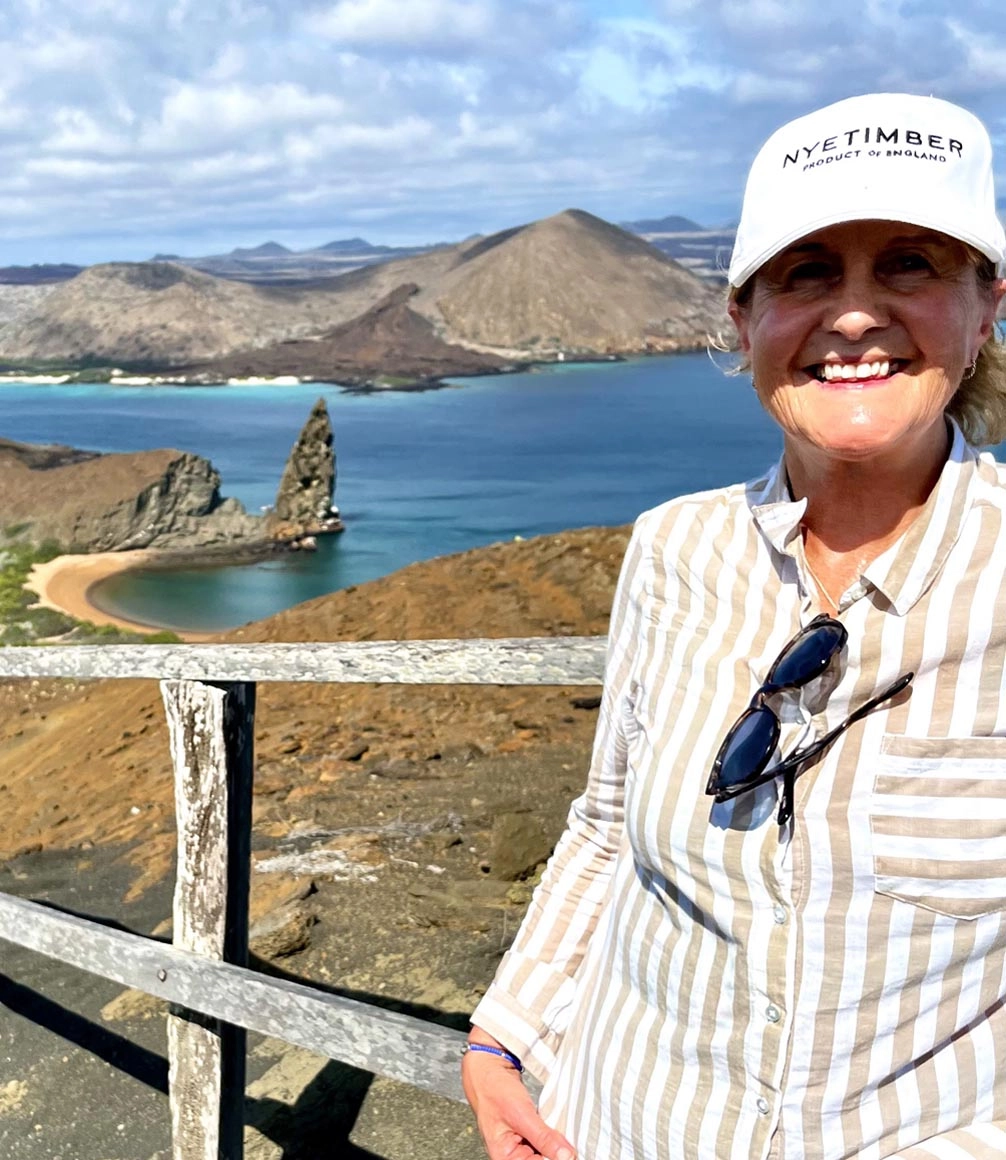Sustainable Luxury Travel in Peru: an Interview with Ignacio Masias
by Mark Beken
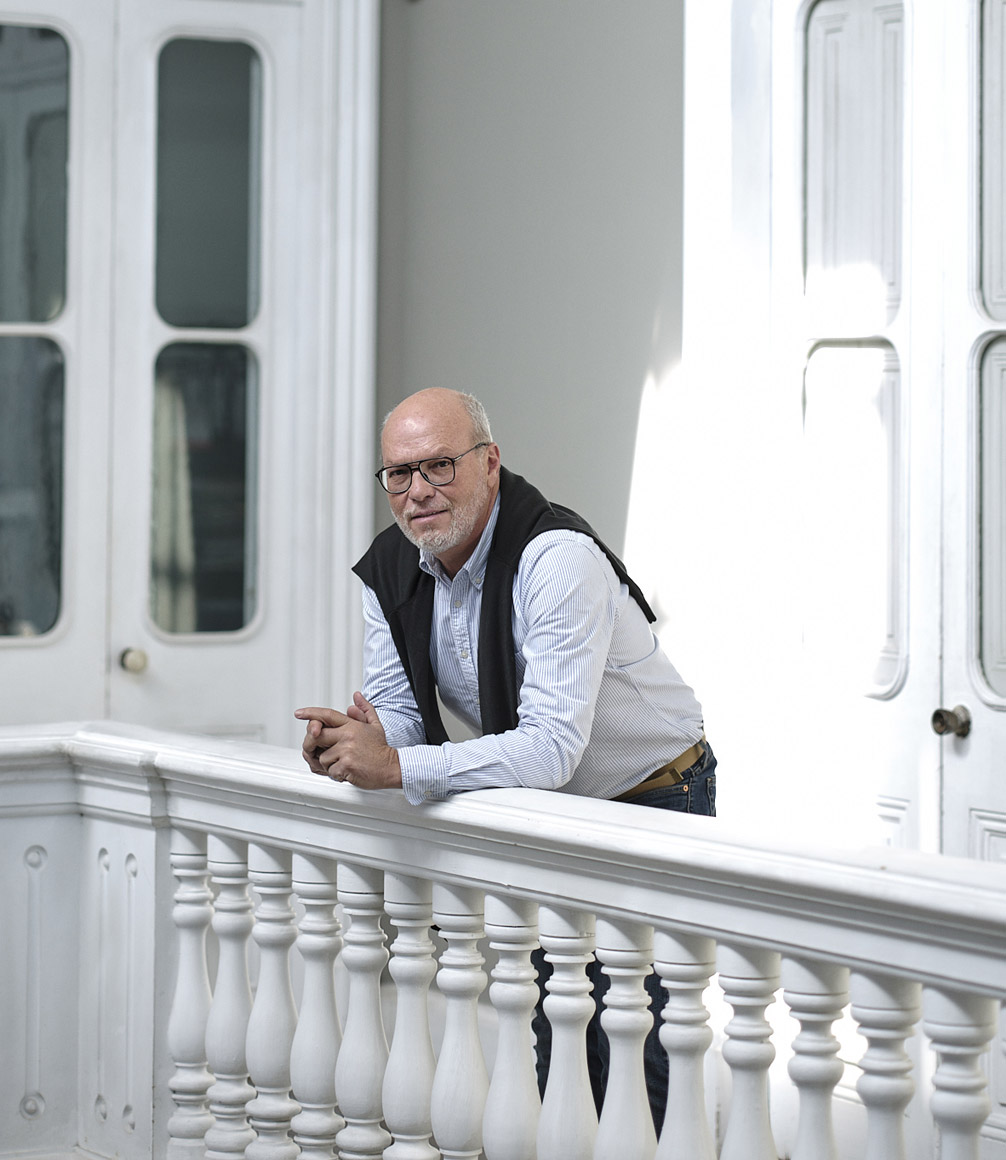
Growing up in a family who were pioneers of sustainable luxury travel in Peru, was it always clear to you that you would work in travel?
I have a master’s degree in finance from Wharton, and worked in finance and consulting for many years. But my love for tourism comes from growing up near Huaraz in the Cordillera Blanca and forming a love for the Peruvian Andes and its cultures. I wanted to share my love, and began by working with my family and helping them develop the Inkaterra hotel brand.
I wanted to set up my own business, so started offering experiences for Inkaterra guests, and then I opened the first luxury hotel in the Sacred Valley, a pop-up called Villas Urubamba. In 2006 I launched Andean. My concept was to offer hotels in remote locations, offering high-level service in a very authentic way, with a strong sense of place and a strong aesthetic.
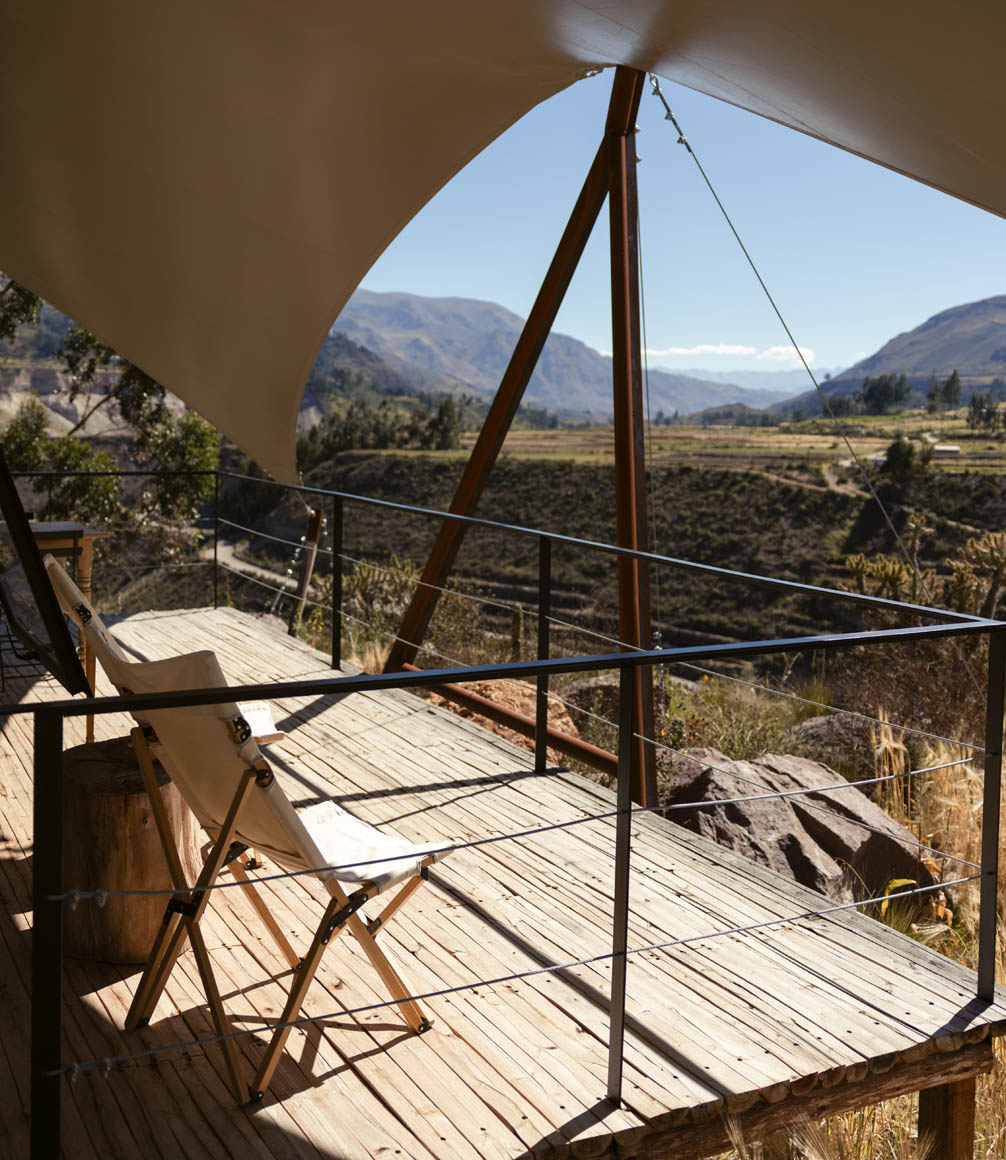
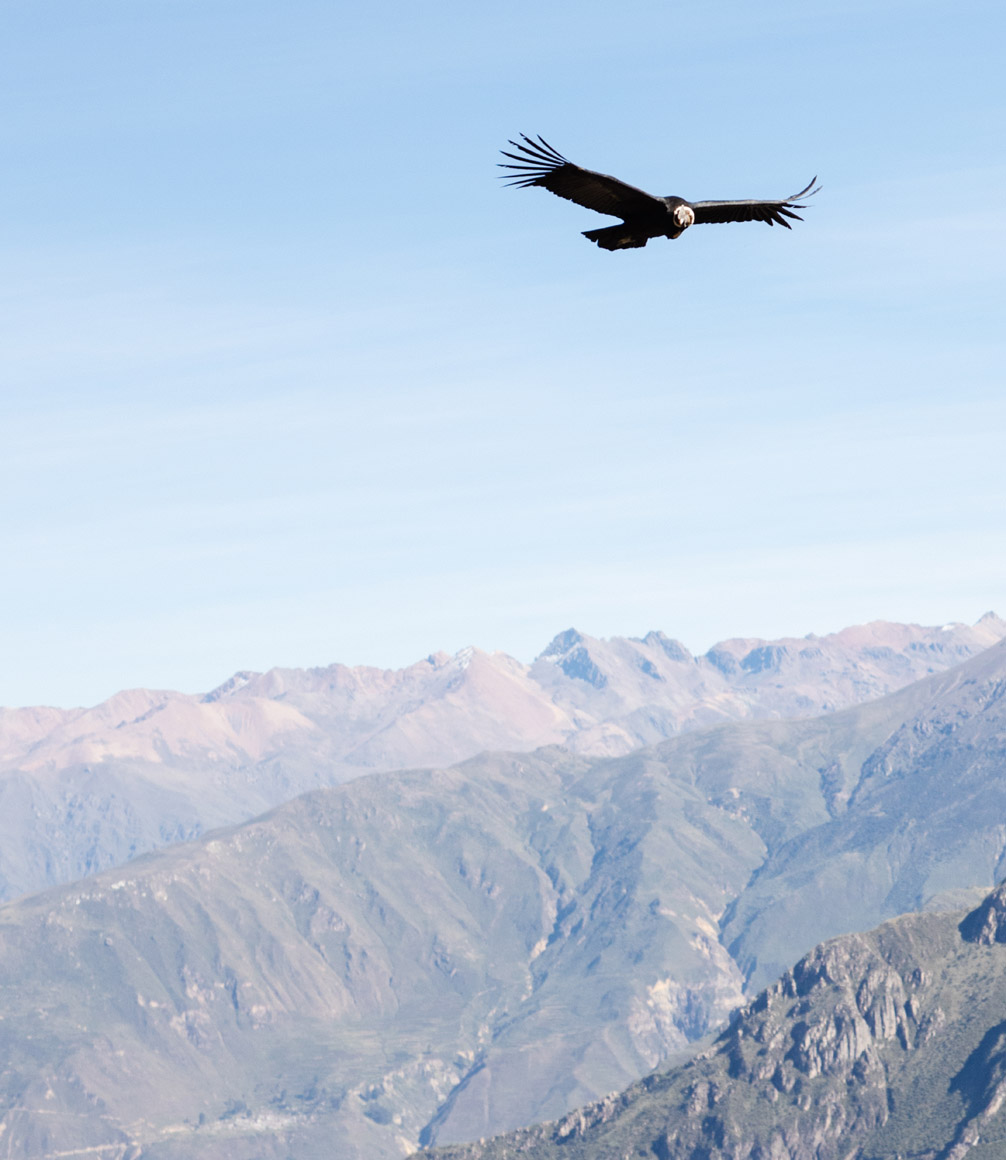

"I think of ourselves as connectors of worlds. We connect discerning, well-travelled explorers with the authentic essence of Peru, bridging both worlds seamlessly."
Your most recent launch is PUQIO, a tented lodge on the Colca Canyon. Can you tell us a little about the inspiration behind this?
There’s a number of factors that inspired us. We have had Titilaka for a number of years, and it’s been doing very well. But rather than expanding the property, we decided to open another place. We looked at Aman’s lodge-to-lodge model in Bhutan and said, let’s create an outpost so that people can travel from one lodge to another. So, we turned our attention to Arequipa, a city that wasn’t truly catering to high-end travellers, and built CIRQA.
As soon as CIRQA opened, we noticed that our clients were visiting the Colca Canyon but weren’t finding the kind of experiences we offer. Until now, this destination was considered just a stopover—to spend the night, see the canyon, and watch the condors. But what we discovered is something much more: a valley we call the Colca Valley, rich in experiences beyond the canyon itself. It remains pristine, evoking the sense of discovery we felt in the Sacred Valley twenty years ago when we first arrived.
The whole concept with PUQIO is to have a place from which to explore the valley, its nature, history, traditions, culture, etc. We wanted to create a tented camp based on the stories of the early explorers who came to Peru such as Alexander von Humboldt and Hiram Bingham. They would go around sending camps ahead and exploring the country, and we found a National Geographic article from 1934 by Robert Shippee, who became the first person to take pictures of the Colca Canyon.
He had a small plane, and went around Peru, finding places that had been sort of hidden, and he talks about this forgotten valley in Peru. One of the pictures shows a tented camp used by the expedition. That’s the inspiration.
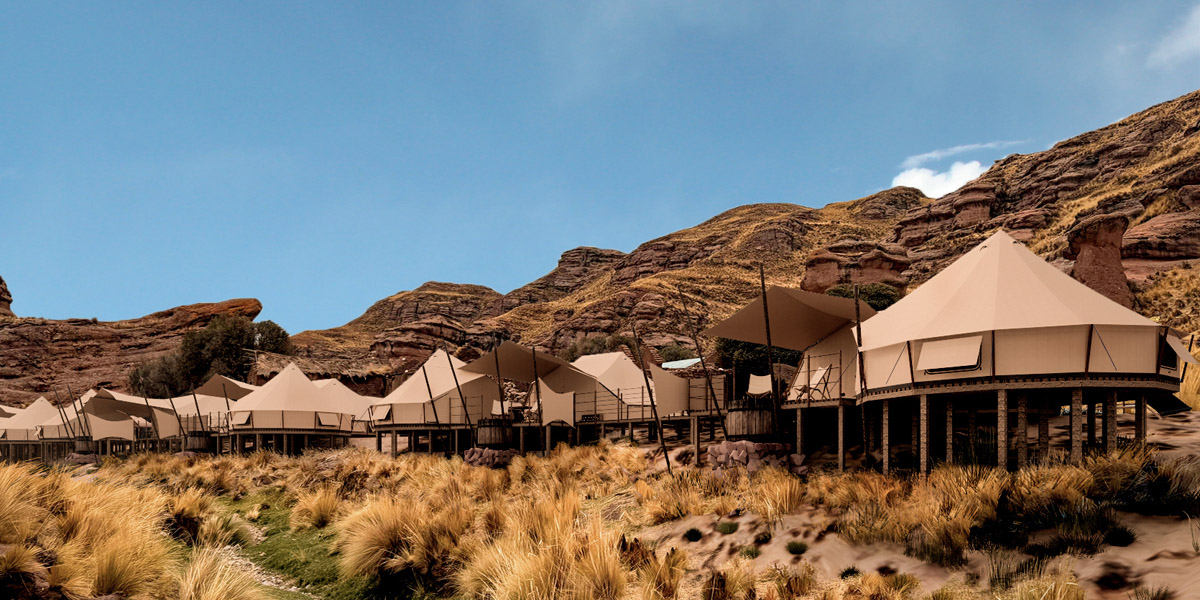
However, I should mention that our most recent project is now Tinajani, a new property set to launch in just a couple of months. To give you a quick preview, Tinajani is set within privately protected land, perfectly positioned between Cusco, Lake Titicaca and the Colca Valley, in a breathtaking canyon steeped in legends known only to locals.
Offering some of the most extraordinary landscapes in the Altiplano, this secluded hamlet will feature just six campamentos, ensuring the utmost privacy and a truly immersive experience.
What’s your favourite thing to do with guests at PUQIO?
My favourite thing is taking them up the mountain—whether by car or on horseback—to experience the view from the top. It’s pristine territory; you can’t see any evidence of people having been there, and you get out of the car or off your horse, look around you, and you’re amazed.
We’ll bring out a little picnic hamper with some trout and some local cheese, and you sit there and look out at the countryside. And the look on guests’ faces is wonderful.
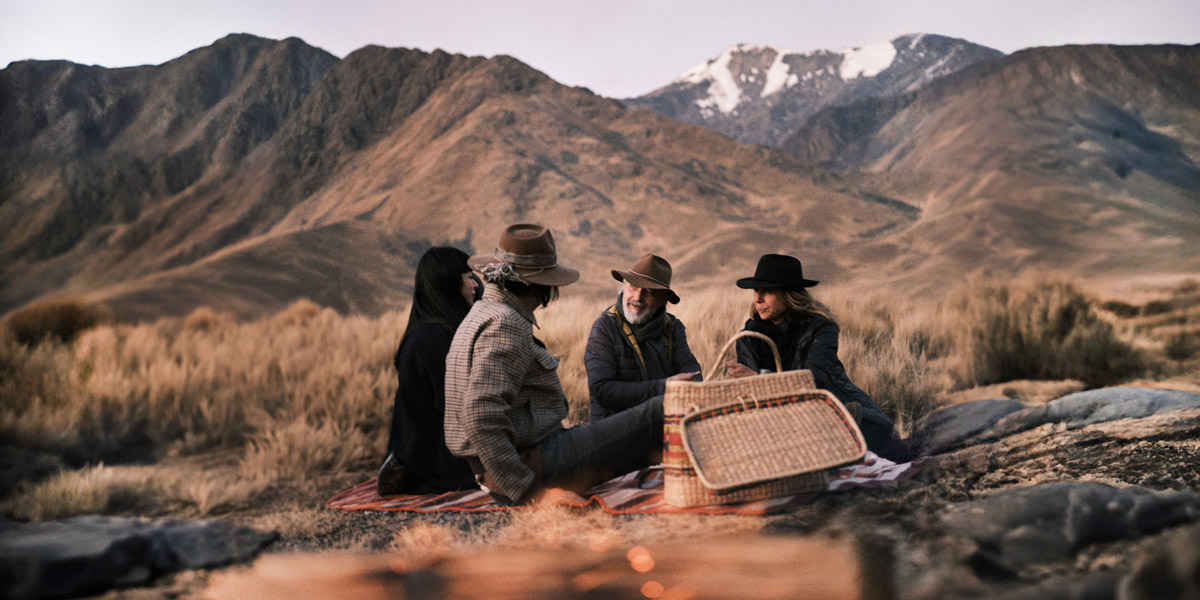
At Andean, community seems to be at the heart of what you’re all about, Titilaka being a great example. Has it been difficult for local communities to adjust to what are frequently very wealthy international travellers?
Whether guests are wealthy international travellers or backpackers, local communities don’t really see a difference between somebody spending $100 and $1000. To them, they’re all super wealthy.
The main concern is that when you bring cash into a local community, you start disrupting their way of life, shifting their balance. The biggest challenge is posed by trying to distribute that new income fairly amongst the community.
Are there any trends that you’re noticing in luxury travel?
Definitely. Privacy, getting away from other tourists, is a huge trend. Another one is improving yourself through travel by learning from other cultures and being away from the world you are used to.
I think people travel to better understand both the world and themselves–their role in society and their place in the cosmos. A lot of that comes from talking to locals and finding magic in amazing places.

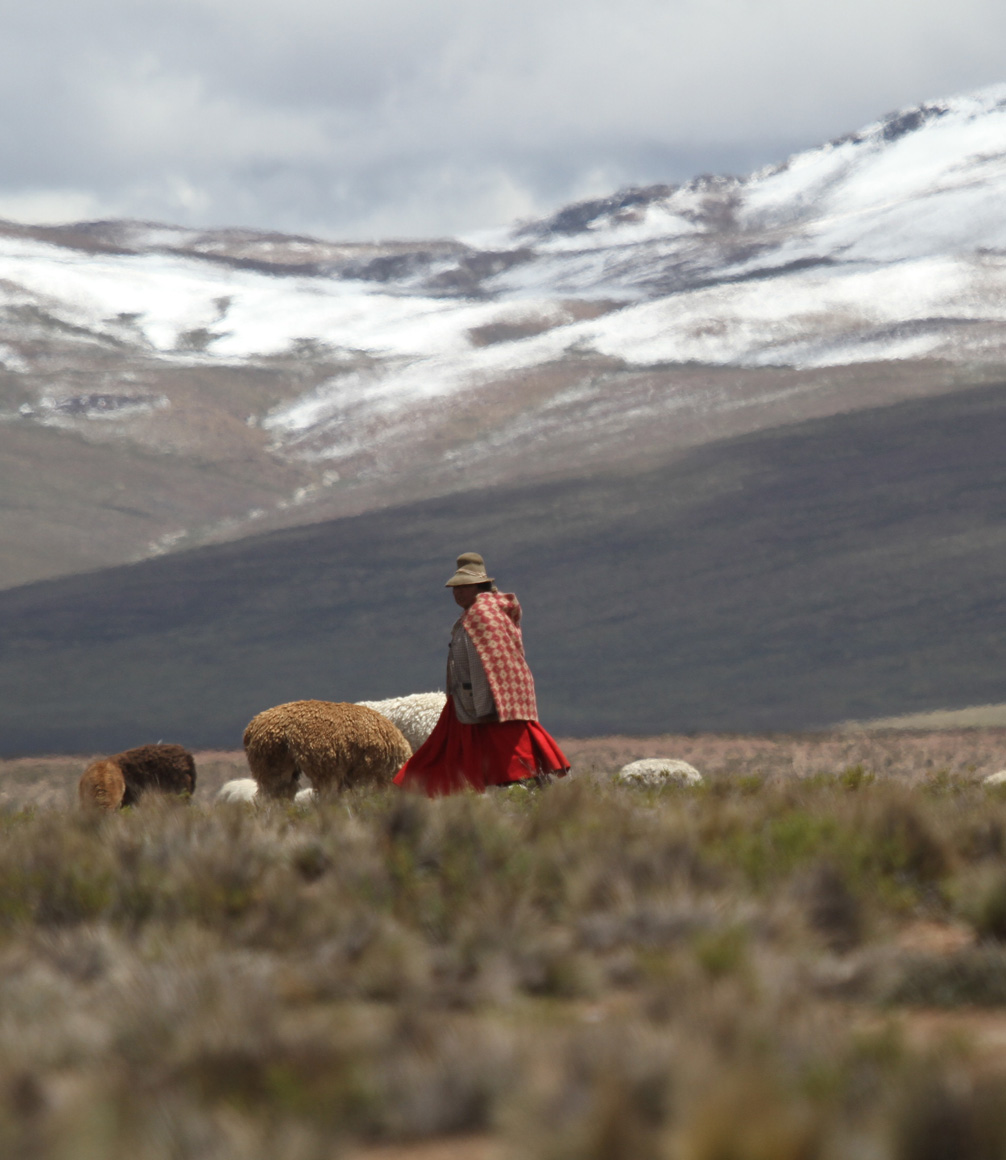
What are your hopes for Andean in the future?
My hopes are to continue to develop the sort of properties that we’re doing now. I’d like to continue expanding our Southern Travesia with other locations between Cusco, Lake Titicaca and Arequipa. We are also about to set up a foundation in the Colca Canyon, because there are all these wonderful heritage churches built in the 1700s and 1800s. Hundreds are crumbling, and they urgently need help. And to continue to explore other areas of Peru and abroad.
Where or when are you happiest?
I’m happiest when I have a project in mind, and I’m developing and building new destinations. I love to come up with concepts and the stories behind them. It’s like a play: you have a plot, you have characters, and you have a setting. And you need to put it all together and to make it happen. It’s a very intense creative process, and I love doing that.
So what’s your secret sauce, Ignacio? What’s the magic ingredient?
I’m not sure if I have a magic ingredient. I think it’s a being able to look at a destination or a property and re-imagining it. It’s like the National Geographic story I told you about the Colca Canyon and how we found that picture. Based on this, we created this story and turned something we imagined into reality.
Art and design are clearly an important part of your overall vision. Do you collect any art or artefacts?
I love ancient textiles. My father passed away a year ago, and he left me his vicuna poncho, which had been passed down from his father. It’s almost impossible to buy anything made from vicuna now because it’s an endangered species, but that particular poncho has a special history that I appreciate very much.
Do you have a favorite restaurant in Peru? And why?
I think my favourite restaurant would be Mercado, in Lima, which has fantastic seafood, and a chef I love, Rafael Osterling, he’s really good.
His Tacu-tacu (refried rice and beans with sauces on top) is amazing. And I love his chupe de camarones (a chowder made from freshwater shrimps).
Is there one thing you’d like Explorations clients to know that they might not expect of Peru?
I think Peruvians’ hospitality, their acceptance of travellers and their courtesy to foreigners is unique. There is a genuine happiness to share their world and their culture. I would add that for families, Peru is so under-regarded. You can take children to the Uros Islands on Lake Titicaca and for them to see people live on floating islands is just amazing. There are llamas and alpacas everywhere.
You can stay in tented camps. And you’re on trains and boats. It’s just wonderful. I remember my kids when they were six, eight, ten years old. I would take them to the Amazon, and they were just, wow! It’s like being in a movie for them.
___________________________________
Perspectives: welcome to our world
Our new interview series illuminates the perspectives of pioneers, visionaries and change-makers that we have the great pleasure and privilege of working with. See the world through the eyes of local experts.
Gain insights and inspiration about the destinations, awe-inspiring experiences, innovative projects and people who can enrich your travel adventures. Through these perspectives, you will discover life-affirming travel experiences you never dreamed possible.
Ready to take the road less travelled?
Related articles
